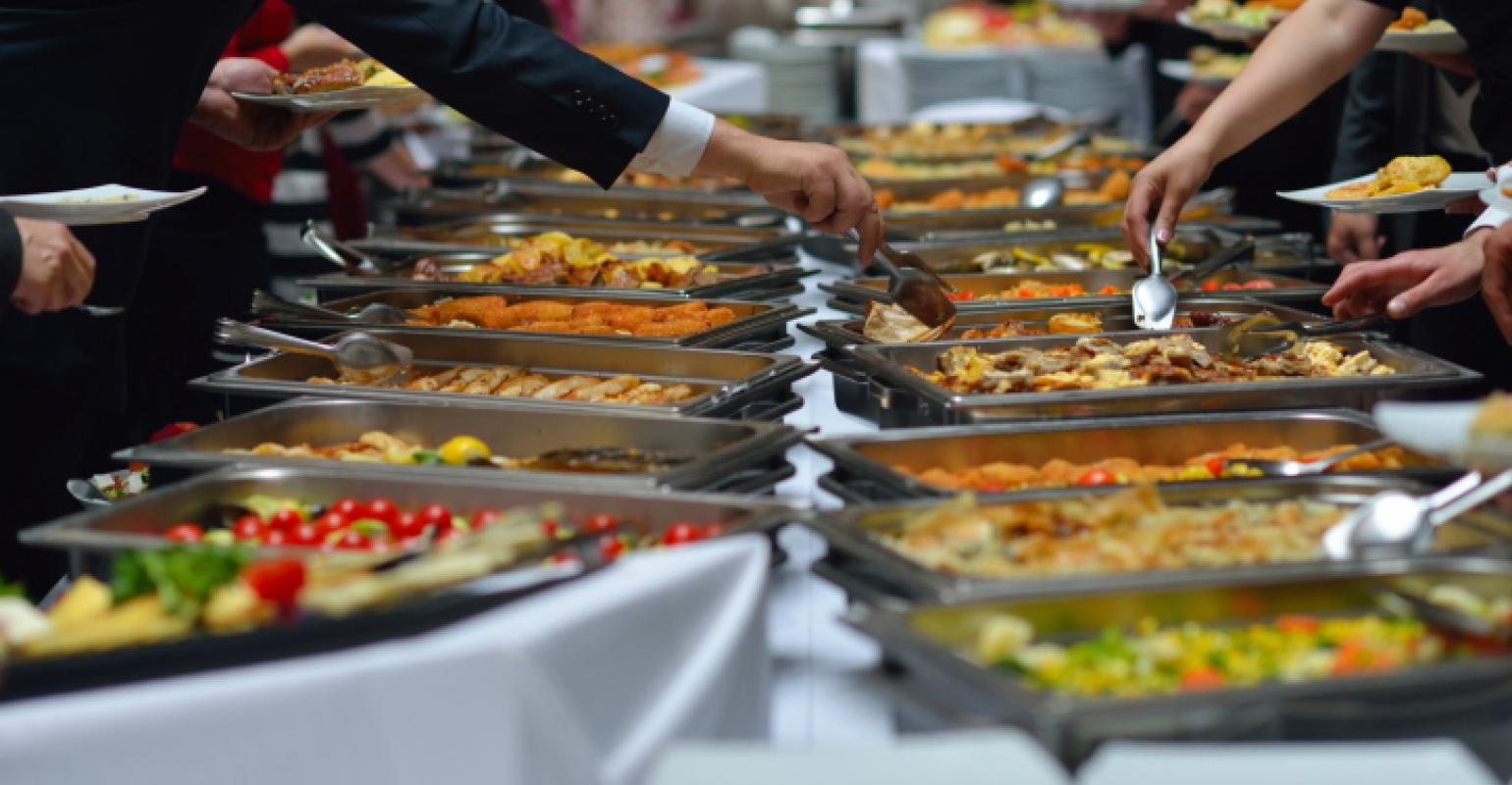
For Zauderer, a 6th grade teacher, what started as a single fridge to help service his students and their families facing hunger in the pandemic led to a second fridge opening a block away.
Donate food nyc driver#
“If you want to make the biggest impact, volunteer to become a driver for our network,” says Dan Zauderer, one of the founders of The Mott Haven Community Fridge. But for others, an outpouring of donations from the federal government, food pantries, and various other sources has created a strong need for logistical support. Sometimes it’s down to seconds,” says Bri Calderón Navarro, one of the co-founders of OurFood.NYC, a central Brooklyn-based food organization that supports a network of local community fridges, in addition to painting them and building structures to shelter them from inclement weather.įor many community fridges, making donations is as simple as opening the door and placing food items inside. “The food will be cleared out of the fridge within minutes. And for many-whether not qualifying for government aid, having an undocumented status, not having access to information on resources, or just experiencing general food insecurity-the fridges have become an essential resource in fighting off hunger on a daily basis. Started by New Yorkers of all kinds-from everyday people to small businesses or mutual aid networks-these community fridges were set up as a place where people could grab what they need with no questions asked. In response to this ongoing crisis, community fridges began to pop up all over the city, and according to NYC Community Fridges or this regularly updated Google Map, there are currently 100+ community fridges now located across all five boroughs. According to a report from the Food Bank for New York City, in April of 2020, there was a 75% increase in need from just a few months earlier, with the rate of first-time visitors increasing to 91%-and more than half of the city’s food pantries and soup kitchens reported running out of food at some point during the month, forcing 48% of those seeking assistance to be turned away and leave empty handed.


With unemployment rising and schools closed, some of our most vulnerable and marginalized neighbors flocked to food pantries and soup kitchens for assistance. Even weeks after NYC officially went into lockdown last March, the challenges faced by the city’s 1.2 million residents already living with food insecurity had become compounded by the pandemic.


 0 kommentar(er)
0 kommentar(er)
